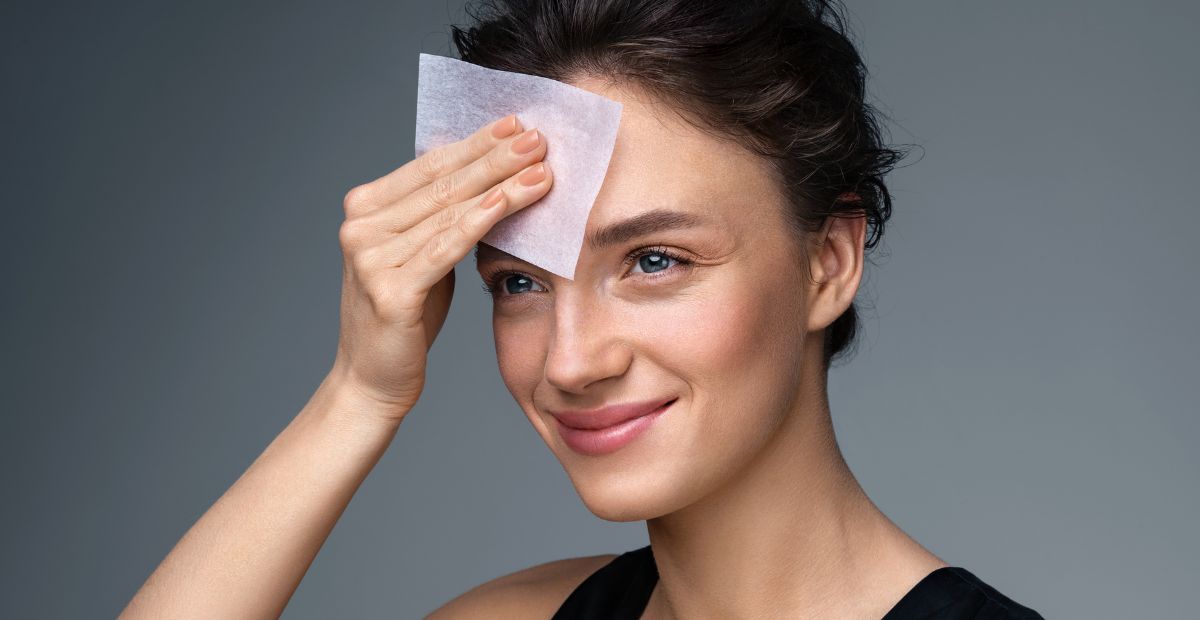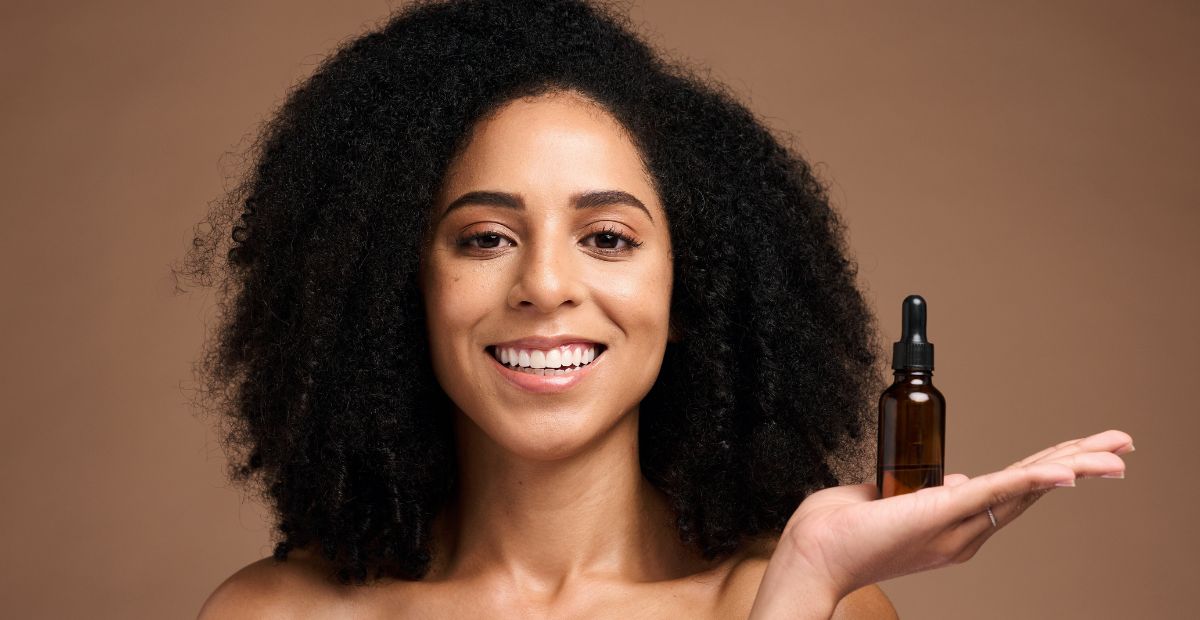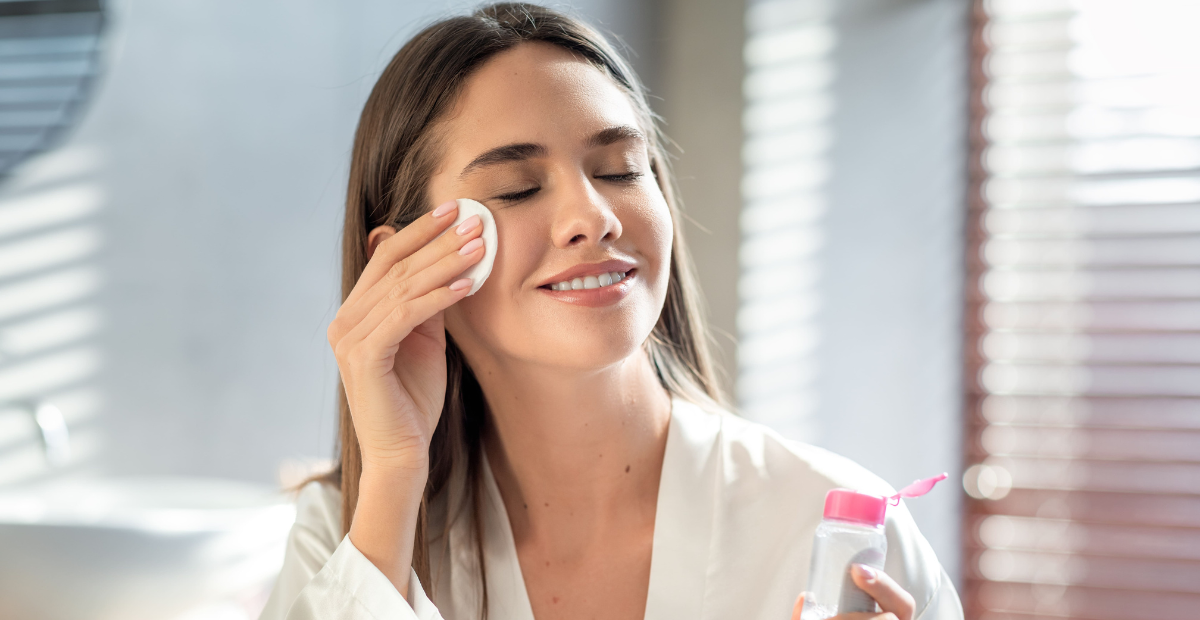Split Ends: Getting a Cut Is the Only Way Out?
Onskin Content Team
Your guides through the skincare chaos

If you’ve ever heard someone claim they’ve never had split ends, just know that nearly everyone experiences them to some extent. Given how common the issue is, are we all on the same page when it comes to tackling it? Hair product commercials promise they can replace haircuts, while some experts insist that a good trim is the only real solution. Opinions are split, and it’s understandable if you’re feeling confused. Don’t worry—this post is here to guide you on preventing split ends, concealing them temporarily, and—probably the part you’re most eager to learn—getting rid of them effectively.
What Are Split Ends Exactly?
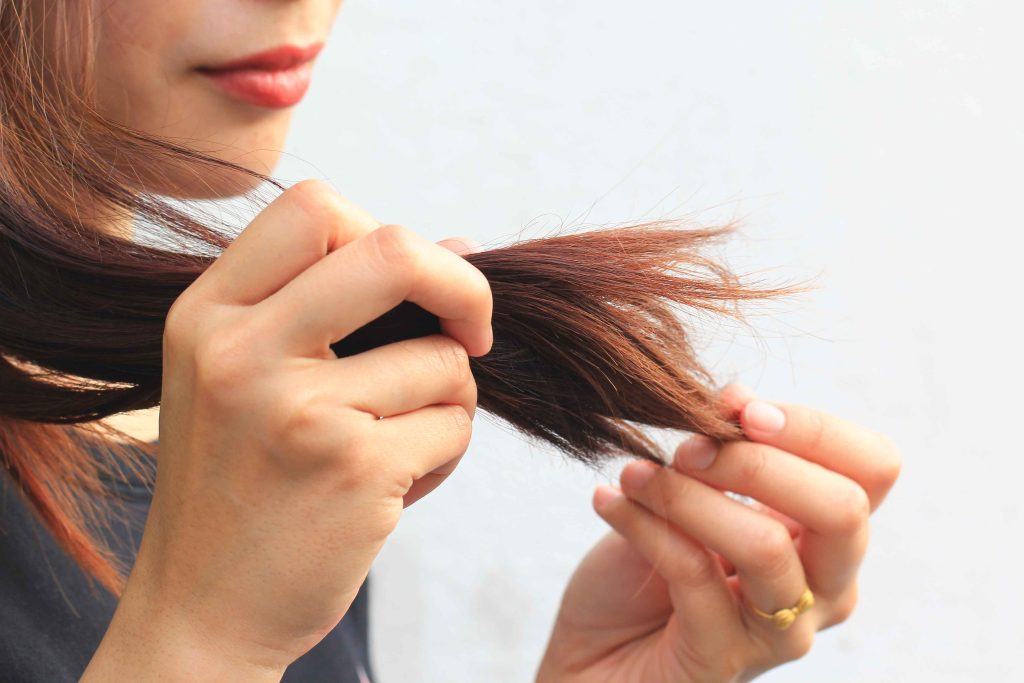
Split ends can be tricky to spot. While they’re often dry and brittle, they can sometimes feel surprisingly soft, making them less obvious. How often you deal with split ends—and how severe they are—depends Split ends can be tricky to spot. While they’re often dry and brittle, they can sometimes feel surprisingly soft, making them less obvious. How often you deal with split ends—and how intense they are—depends on your hair type, haircare routine, and even the environment. But at their core, all split ends share the same root cause: damage to your hair strands.
If you suspect you have split ends but need to double-check, try inspecting a single strand. Look closely, and you might see tiny breaks or “branches” near the ends, and the more damaged the strand, the more it resembles a little tree sprouting twigs.
Another giveaway? Split ends often appear lighter than the rest of the hair shaft, standing out in the mirror like they’re raising their hands and yelling, “Here we are!”
But why are split ends such a big deal? Let’s be real—they’re not exactly a confidence booster, though they’re not something to be ashamed of at all. Even if others don’t notice them, we often feel the difference. Split ends make hair tangle more easily, feel drier, and develop an annoying, crunchy texture. Beyond the aesthetics, though, the real issue is breakage. Left unchecked, split ends can snap off, leaving uneven lengths and making those hair-length goals feel like a distant dream.
All this might sound a bit… bleak, right? Here’s the good news:
- There’s a golden solution for removing any existing split ends.
- There are also clever ways to disguise them temporarily.
- And with the right haircare habits, you can keep them at bay for much longer.
How to Get Rid of Them?
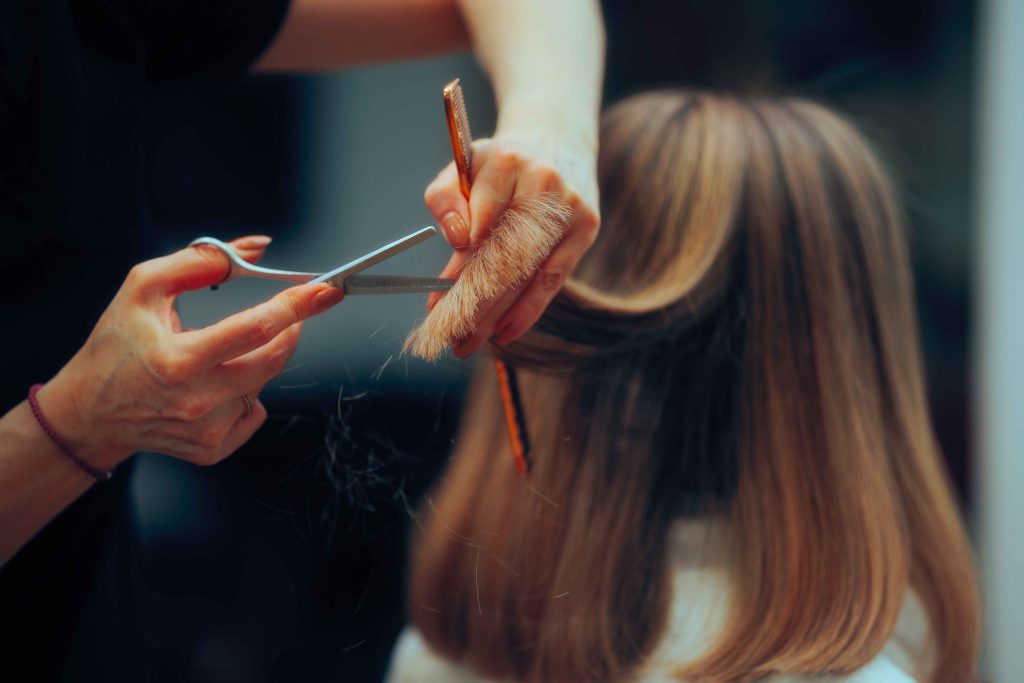
OK, maybe it’s just us—but we bet you remember at least one TV ad claiming that scissors are obsolete thanks to a miracle product that “heals” damaged hair. And while that might be true …it’s unfortunately not for human hair. Once a hair splits, nothing will ever be able to unsplit them. Haircare products like split-end menders, leave-ins, conditioners, and masks can smooth the outer layer of strands, so they look less frayed and feel baby-soft—but ultimately, they’re just sweeping the problem under the rug.
The only real way to get rid of split ends is to get them cut off, so what you’ve been suspecting is true. Pluck up your courage, head to the salon, and get that cut knowing that you’re doing the absolute best for your hair health.
Still, if you’ve been growing your hair out for a while and can’t bear the thought of losing length, some beauty enthusiasts swear by asking their hairdresser for dusting—a technique where only the split ends are trimmed, leaving the rest of the hair shaft intact.
How to Disguise Them?
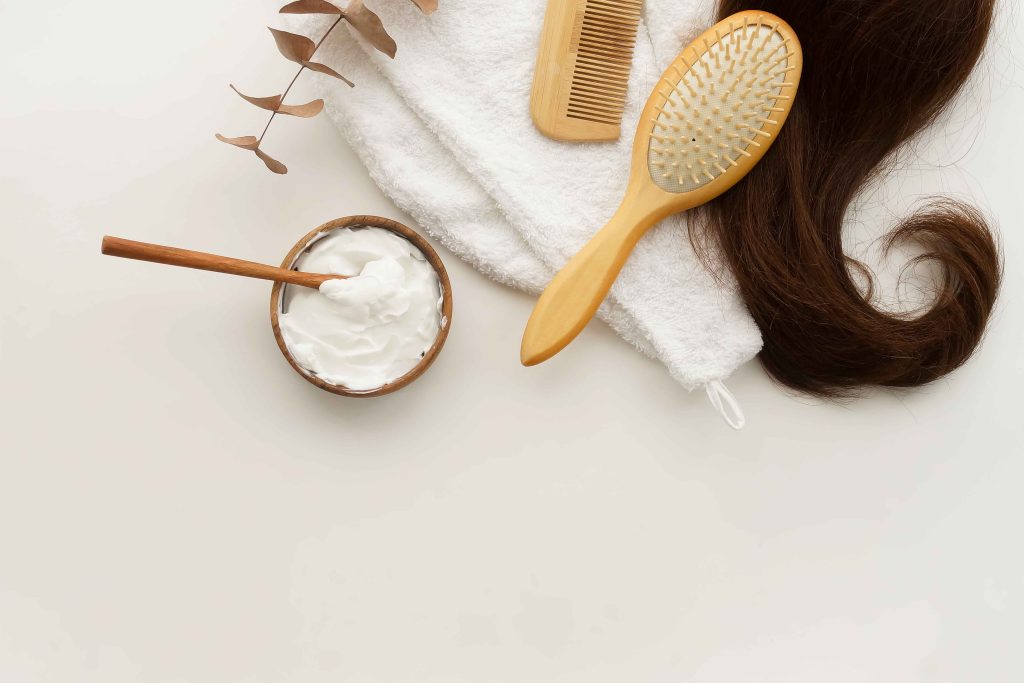
Like we mentioned before, leave-in conditioners and treatment masks can work wonders, making your hair look so good you’ll almost forget what “split ends” even are. The thing is, their magic is surface-level and temporary.
So, should you dismiss such products from our anti-split-ends arsenal? Definitely not! They still provide fortifying care that helps make your hair less prone to splitting in the future.
On top of this, you might want to look into products containing polyelectrolyte complexes—a fancy term for ingredients designed to temporarily mend hair damage, lasting through a few washes. We won’t get too deep into the chemistry, but here’s the gist: these complexes are made of molecules with opposite charges—some positive, some negative. When they meet, they form a strong bond, creating a clingy coating on your hair, like a protective wrap.
Want to spot these power ingredients in your products? Keep an eye out for:
- Polyquaternium-28 (positively charged)
- PVM/MA Copolymer (negatively charged)
This little chemistry lesson might just be your new secret weapon for hair health. 😉
How Do You Prevent Them? 9 Keys to Consider
Although these tips are great for nipping split ends in the bud, they’re not just about split ends themselves—they focus on improving your hair’s overall health, which naturally leads to fewer split ends over time. Some of these habits might already be part of your routine, while others could be things you’ve overlooked or never considered. Either way, pick your favorites and weave them into your haircare regimen.
1. Comb gently
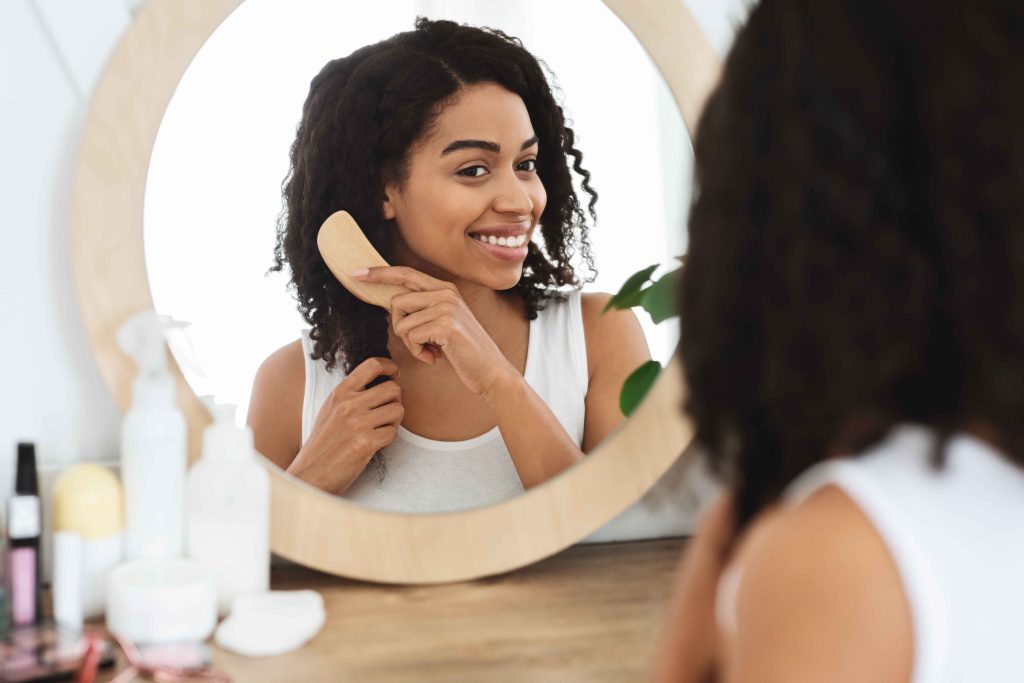
Even if you only have 30 seconds to brush your hair before rushing out the door (we’ve all been there—I’m late!), take a moment to brush carefully. Tugging at stubborn tangles can lead to breakage, so try using a detangling spray or product to help smooth things out.
And here’s an important tip: don’t overdo it! The American Academy of Dermatology (AAD) warns that overbrushing can create friction, leaving your strands more prone to splitting.
Another thing to keep in mind? Make sure your brushes and combs are suited to your hair type and the step in your routine. For example, a wide-tooth comb is ideal for detangling wet hair, while a wide rectangular brush is excellent for drying, especially if you’re aiming for a silky-smooth finish.
2. Find the right haircare
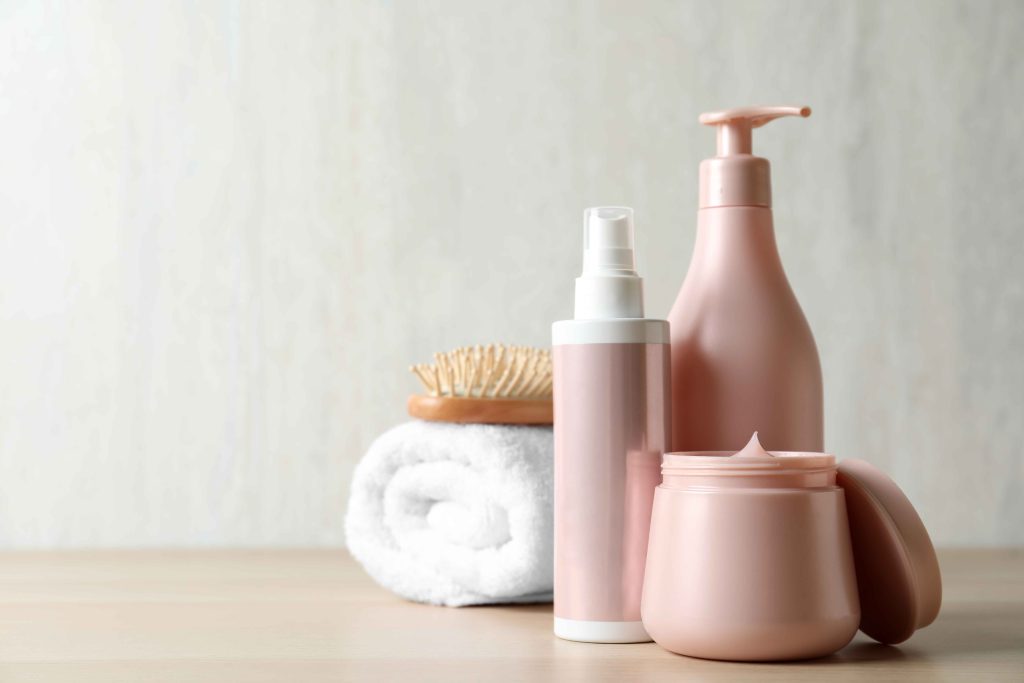
It may sound obvious, but selecting the right haircare products is crucial for healthy locks. By “right,” we mean products that are tailored to your hair type and specific needs. Whether it’s a hyped-up bestseller or a lesser-known local gem, the most important thing is avoiding harsh, scalp-stripping ingredients and non-water-soluble silicones. On the flip side, steer clear of products that overload your hair with excessive nourishment.
Not sure if your current bottle suits your hair? Try using a cosmetic ingredient scanner, like OnSkin, to quickly analyze its ingredients and determine if it’s your cosmetic match.
3. Opt for a silk pillowcase
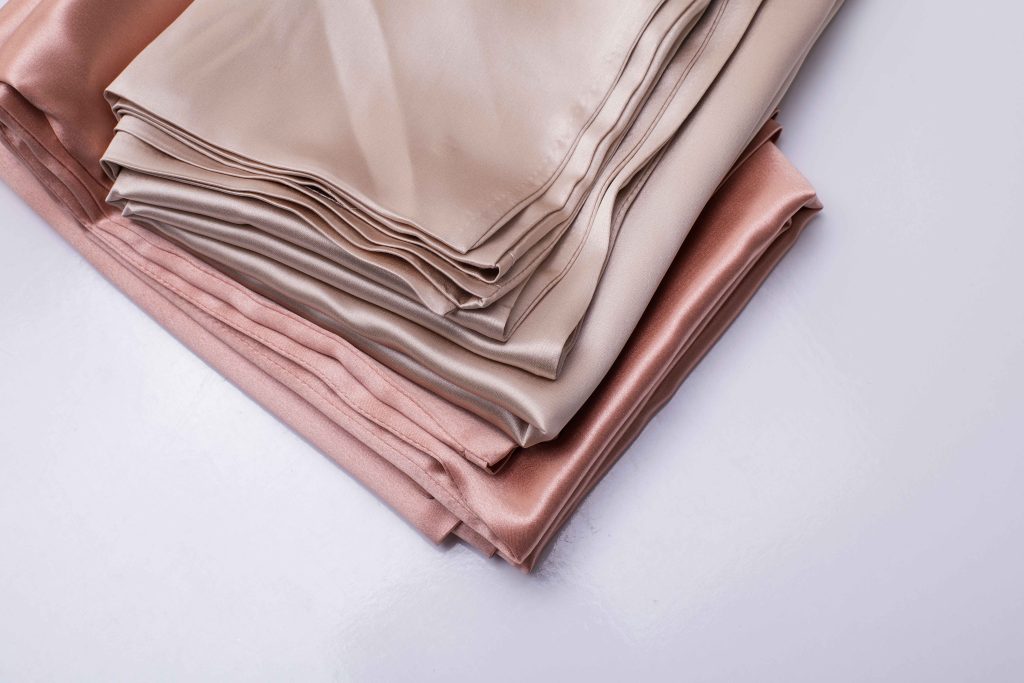
Investing in a silk pillowcase may sound excessive (How much for a pillowcase?!), but hair specialists swear by them. The smooth fabric reduces friction, helps lock in moisture, and leaves your hair more manageable in the morning. It’s a small luxury that your strands will thank you for.
4. Wash hair before styling
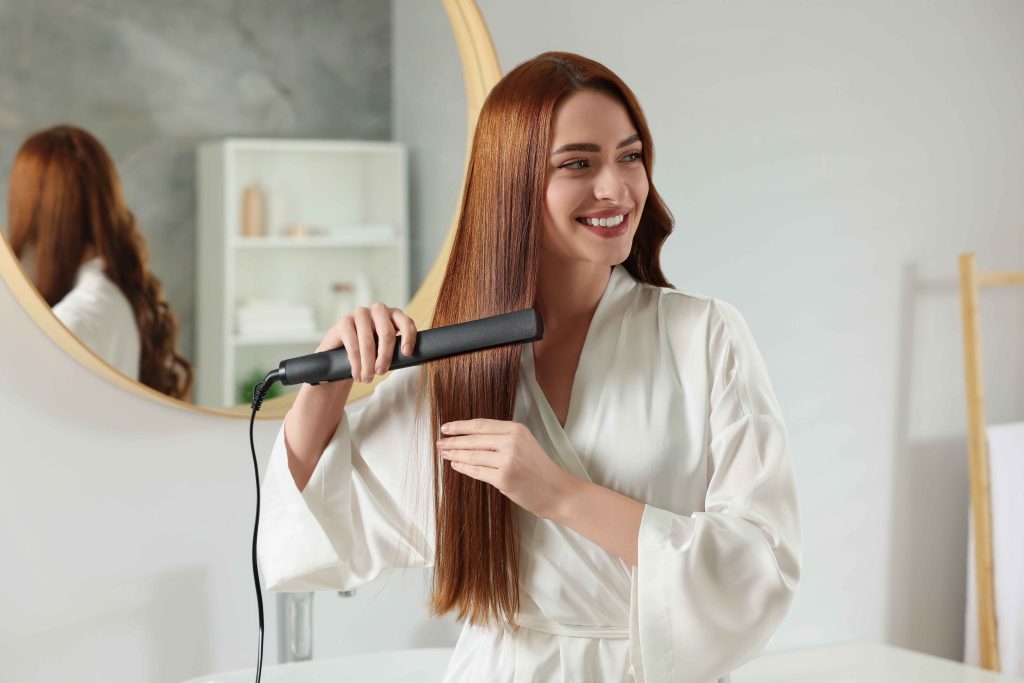
If you use heat-styling tools, make sure you work with clean hair. Styling unwashed hair seals in oil and product buildup with the heat, which can damage the hair shaft. Better yet, reduce your use of heat tools when possible to keep your locks healthier overall.
5. Resist pulling at your strands
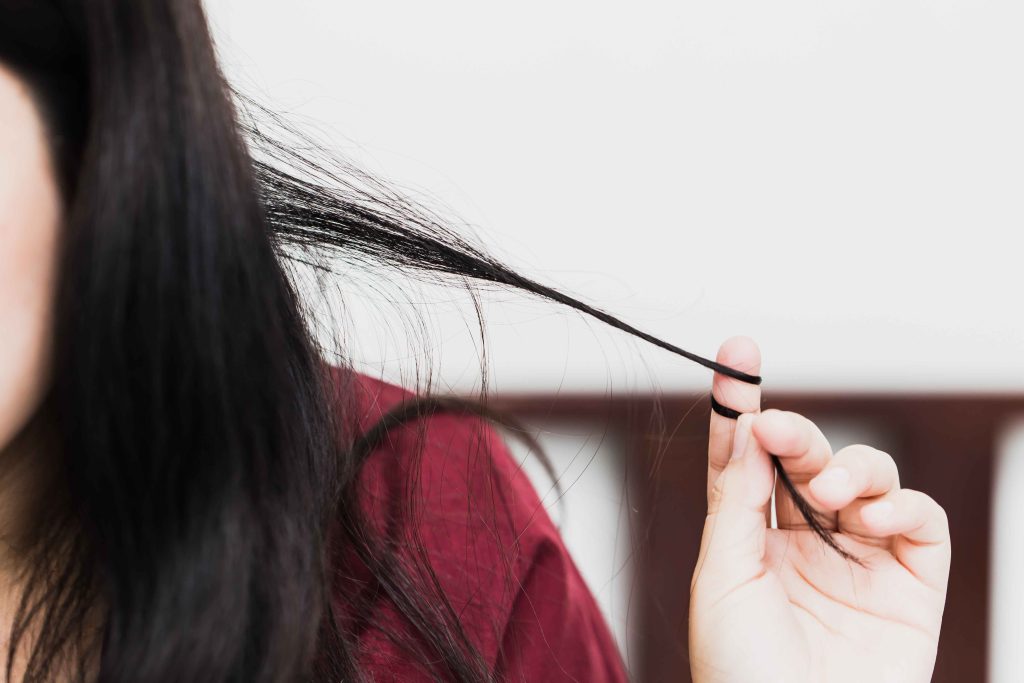
We get it—picking at your hair can be oddly satisfying or stress-relieving. But it’s not doing your hair any favors. The more you pull and tug, the more split ends you’re likely to see.
6. Beware of tight hairstyles
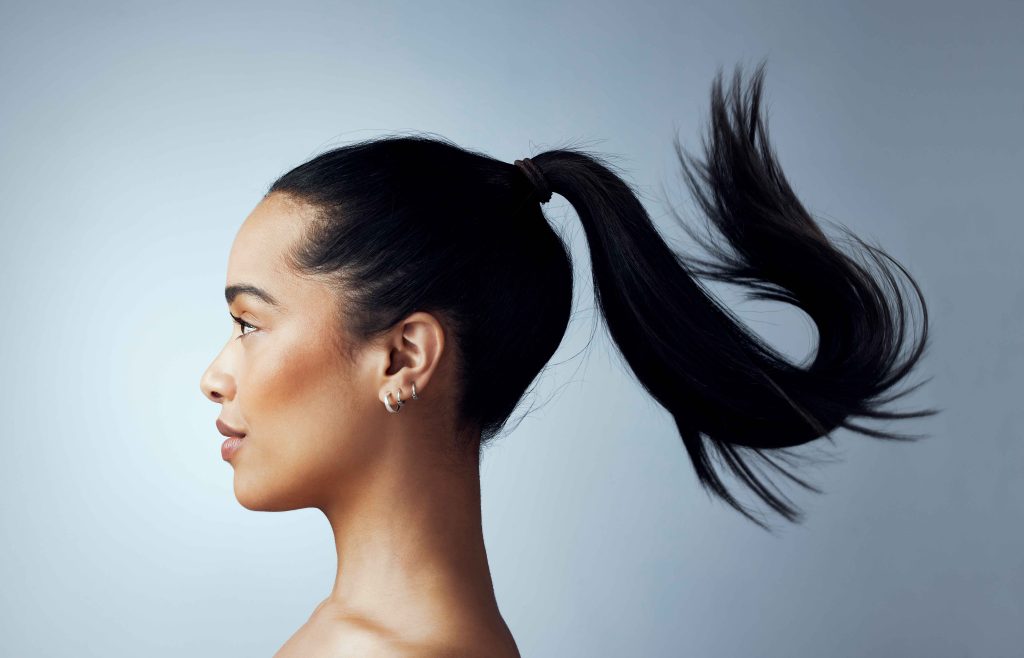
Tight buns and ponytails might look sleek, but wearing them regularly can mess with your hair. Dancers and athletes, we see you! These styles create tension that pulls on your hair shaft, often leading to breakage over time (you might even notice a line or indentation where you frequently tie your hair).
To give your hair a break, try wearing updos less often. When you do need to tie your hair up, go with a silk or satin scrunchie to minimize friction. Additionally, switch up your hairstyles to avoid putting constant pressure on the same section of hair.
7. Be gentle with towel-drying
Rubbing your wet hair with a standard bath towel might feel like a classic move, but it’s not the best for your strands. Rough towels create friction (yes, we’ve mentioned this word a lot in this post—because it’s often the culprit) and can lead to breakage. Instead, switch to a microfiber cloth or a cotton T-shirt to gently absorb excess water without damaging your hair.
8. Feed your locks right

You don’t need a complete diet makeover to improve your hair health. Just ensure your meals and snacks include enough key nutrients like vitamins A, C, D, and E, along with biotin and omega-3 fatty acids. These nutrients support stronger strands and help prevent split ends.
9. Use anti-dandruff shampoos mindfully
While anti-dandruff shampoos can be effective, certain formulas or ingredients might weaken hair over time. To minimize potential damage, be sure to follow the product instructions carefully and concentrate the shampoo on your scalp rather than applying it to the full length of your hair.
In Closing
Are split ends annoying and pretty hard to prevent? Yes. But does almost everyone have them, and can they be avoided or camouflaged with the right care? Totally! Just keep treating your hair with kindness and patience, and it will reward you with a gorgeous, healthy look in return.
FAQ
-
Where do I start with OnSkin?
Download the app and think of a product you’d like to know more about. Then, go to the main screen and choose how you’d like to get the info —by manually looking it up in the search bar, by scanning its barcode, or by simply taking a picture of the packaging. Once you’ve done any of these, you can see how safe the product is and if it suits your skin or hair (if this analysis is available).
-
What is Safety Rating, and how is it calculated?
In OnSkin, we base product rates on ingredients. Each is closely studied by our medical team and then evaluated. This way, each product gets a score from 0 to 100, with 100 as the safest level.
Safety Levels
- Excellent (76–100)
- Good (51–75)
- Not great (26–50)
- Bad (0–25)
These scores are backed by the latest scientific studies. You can find links to the resources we’ve used on each ingredient page. To assess the safety of product ingredients, we evaluate them according to the following parameters/criteria
- Endocrine disruption risk / Reproductive toxicity
Indicates the probability of mimicking, blocking, or interfering with the body hormones.
- Сarcinogenicity
Measures the potential risk of inducing cancer.
- Allergy risk
Estimates the probability of an allergic reaction.
- High concentration alert
Determines the risk of being unsafe in certain amounts.
-
What is Skin Match?
Based on the info you input about your skin type, age, skin care goal, and other “settings,” OnSkin checks how well a product is tailored to your unique skin needs — it’s basically like a dermatologist helping you find the right products, minus the fees and the long wait. The product you’re checking might be labeled as It’s a match!, Hit-or-miss, or Not a match for you. The app also detects ingredient groups such as Anti-acne, Anti-inflammatory, Moisturizes, May be drying, Comedogenic, and others — by tapping one, you see exactly what ingredients from this or that group are in the product.
-
I seem to have a problem with using the app. Who should I contact?
Please reach out to us at [email protected], and we’ll carefully look into your issue. Your ideas for improving the app are also very welcome!
-
Do you have an Android version?
Not yet! Hey Android users, we hear you, and we're thinking about making an Android version, but we haven't started the development yet.
Tracker Sent!
It’s on the way to your inbox.


